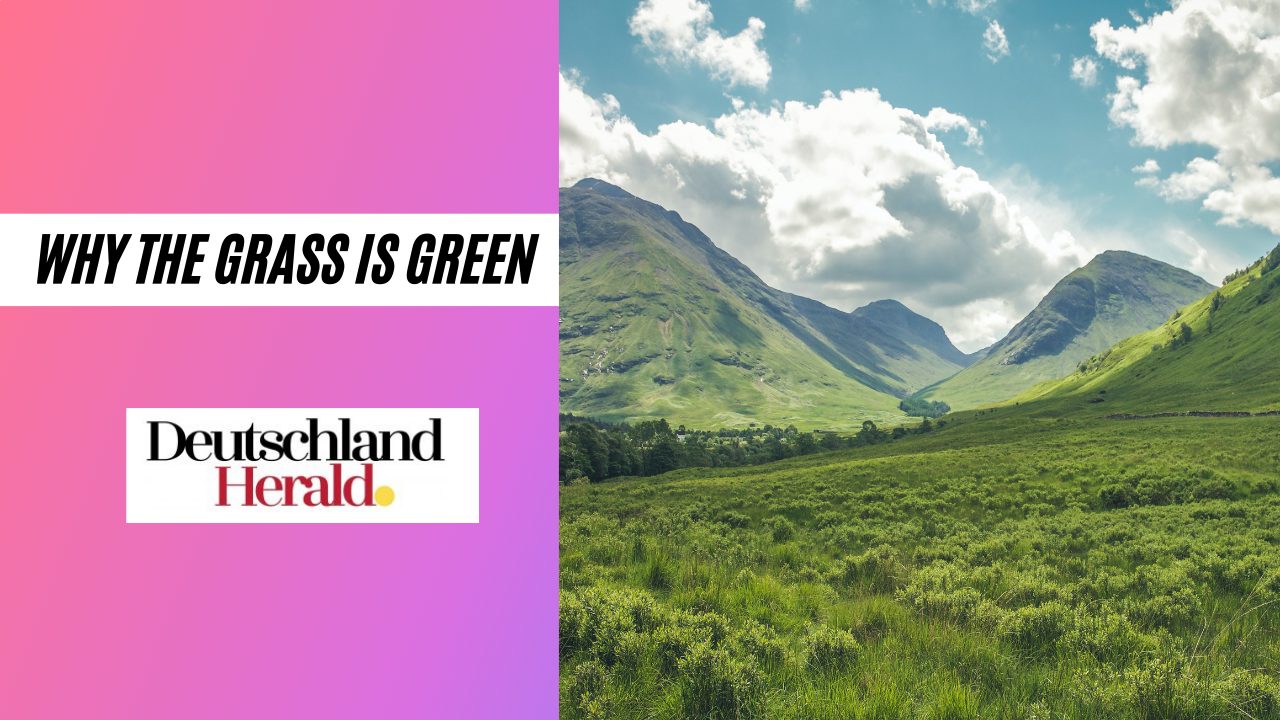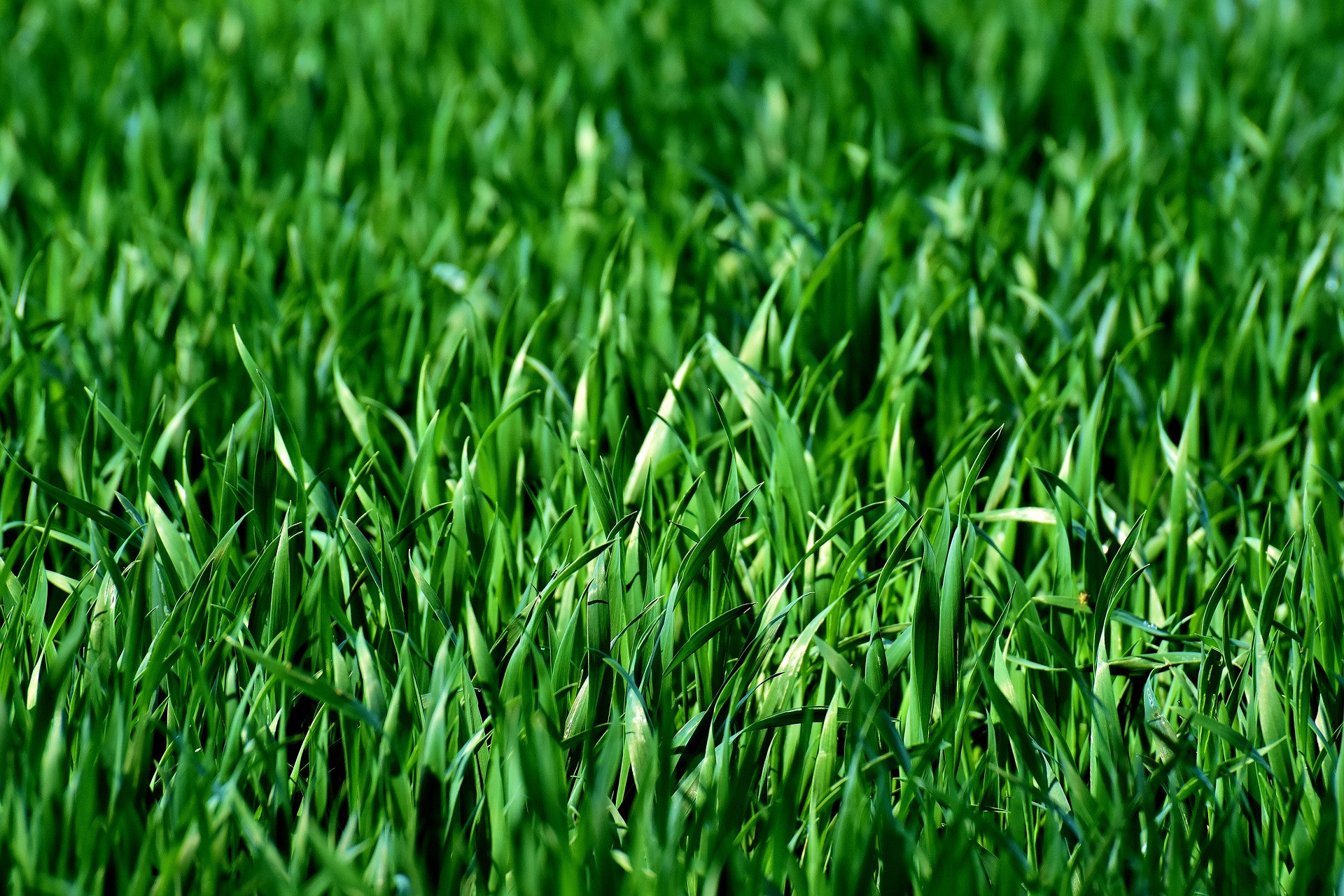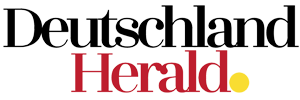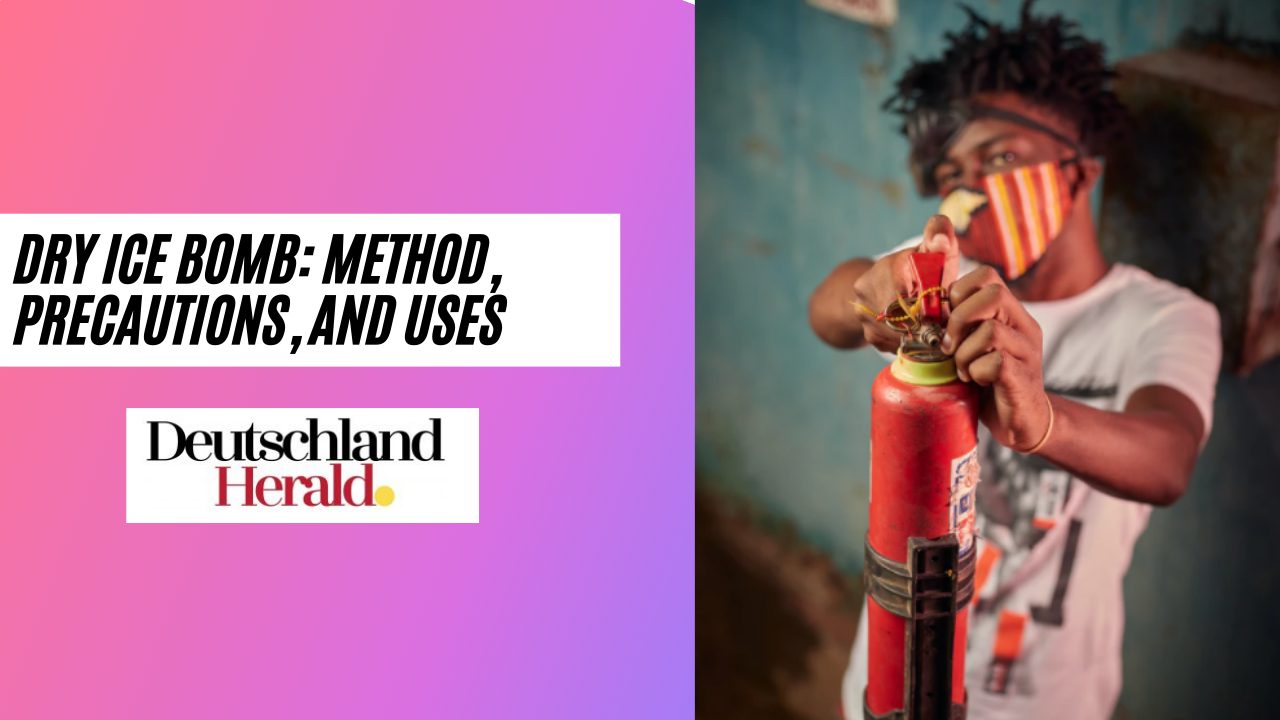Why Grass is Green? What Chemicals Make Grass Green?

Sometimes we have random questions in our minds that remain unanswered. Maybe when you were a child, you would have asked your parents questions like why the stars are so bright, why the sky is blue, and perhaps why is Grass Green was one of them. Let us show you not one but multiple reasons.
Why is Grass Green?

People are also confused about the fact that what chemical makes grass green. To find this out, look at the following facts.
1- Chlorophyll
Grass contains this pigment called chlorophyll. The pigment has the ability to absorb the red and blue colors from the spectrum of sunlight while it reflects the green light. It makes the glass look green. The reason the absorption of certain colors and the reflection of the green color occurs is because of the different wavelengths of each light.
2- Why reflect the green wavelength?
Green is the most abundant wavelength of white light in the world, and it is not absorbed by grass; why? The green light can do wonders for it as it will help them harness the sun’s energy more efficiently and effectively, but why does it choose to reflect the green light? The answer is simple, no one knows. Some scientists believe that it is because of the condition on earth, and we have certain algae in the world that have a brown color. When finding life in the extraterrestrial world, they don’t see green as the sign of plants as the climate, and the atmosphere is quite different, and they might reflect another wavelength of the white light on that planet. The question why is the Grass Green so significant like that of do Cigarettes expire, but in both cases, the explanation is very concise.
3- Evolution
Evolution on the genetic level has made the organisms in this world prone to extinction because of certain reasons. Choosing green is not a choice for plants; it is what it is. See it as social norms; they are not easy to change but might change over time but choosing green for many plants is not an option, and unlike social norms, it can not be changed easily.
4- Grass remains green always?
The grass doesn’t always remain green. In winter, due to less sunlight, the reflection of the green wavelength doesn’t occur, and thus grass doesn’t stay green. But we provide it with fertilizers that increase the growth, and it helps it to remain green even in winter; without these synthetic fertilizers, it would be tough to have lush green grass in winter.

5- Oldest remains of grass?
The grass is 55 million years old, and there are fossils available of the grass from that time, but it is not older than the dinosaurs, and there is a misconception that they ate grass, which is false.
6- Grass is not green to all organisms
When people look for the reasons what chemical makes grass green, then it means they already assume that grass is green. The reality is that grass is not green for all organisms. Color is a perception. Different organisms, even some humans, see the colors differently because of the cones in your eyes or genetic variation. The grass you see as green might be a different color to another organism, and thus, saying the grass is green for everybody is not the right statement. Always remember that color is not a physically measurable property.
Is grass harmful?
There are different types of grasses that use different chemicals. For example, there is a major difference between the grass that grows on your lawn and the grass that is present in the forests and fields. As for lawn grass, it contains some very harmful chemicals. A lot of neurological diseases and immuno-response deficiencies are linked to lawn chemicals. Lawns use pesticide sprays to maintain their lawns which is harmful to humans. Forest and field grass is not exposed to these pesticides chemicals, but it does contain its own poisonous plants that are harmful.
Conclusion
The grass is something that we see abundantly in some regions of the world. It is not found in other areas of the world; because of evolution. This means that grass can’t survive in every part of the world. Even then, in most of the countries where it is found, it is green. People often think about the question out of curiosity. Some scientist-minded people are always curious to find the how and why questions. For example, they want to see how they can make a dry ice bomb.

-

 Informative3 years ago
Informative3 years ago21 Amazing Fruits That Are Not Round
-

 Science3 years ago
Science3 years agoHow To Make a Dry Ice Bomb at Home? Risks and Precautions
-

 How to3 years ago
How to3 years agoHow to Put a Tampon On: Step by Step Guide
-

 How to3 years ago
How to3 years agoHere’s How to Know When The Oil Cartridge Is Empty
-

 Informative3 years ago
Informative3 years agoElf Ear Surgery: Cost, Procedure, and Risks
-

 How to3 years ago
How to3 years agoFixed: The Torrent You Are Trying To Add is Already in The List
-

 How to3 years ago
How to3 years agoHow To Thaw Frozen Pipes Underground
-

 How to3 years ago
How to3 years agoSolved: How to Change Your Age on TikTok? (2021)